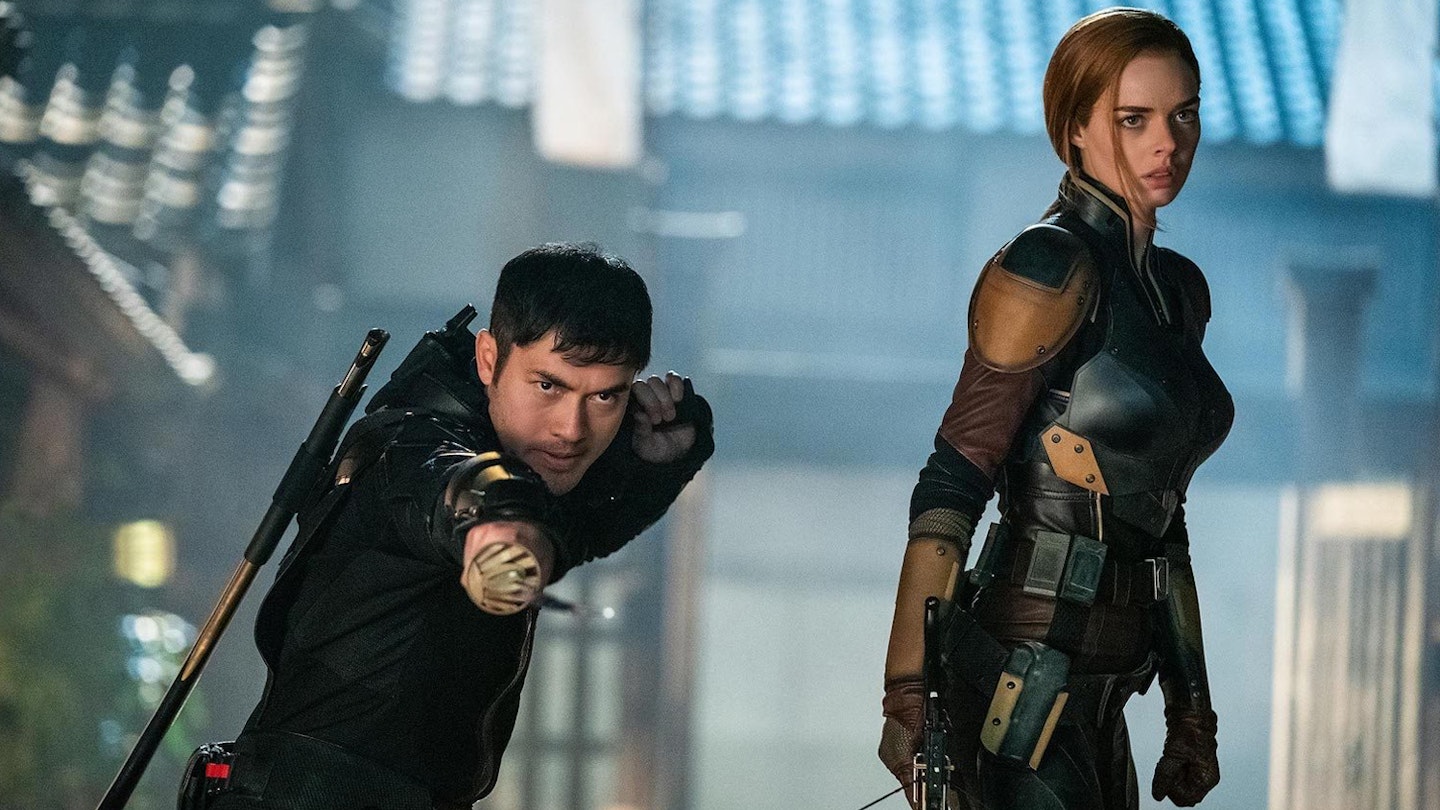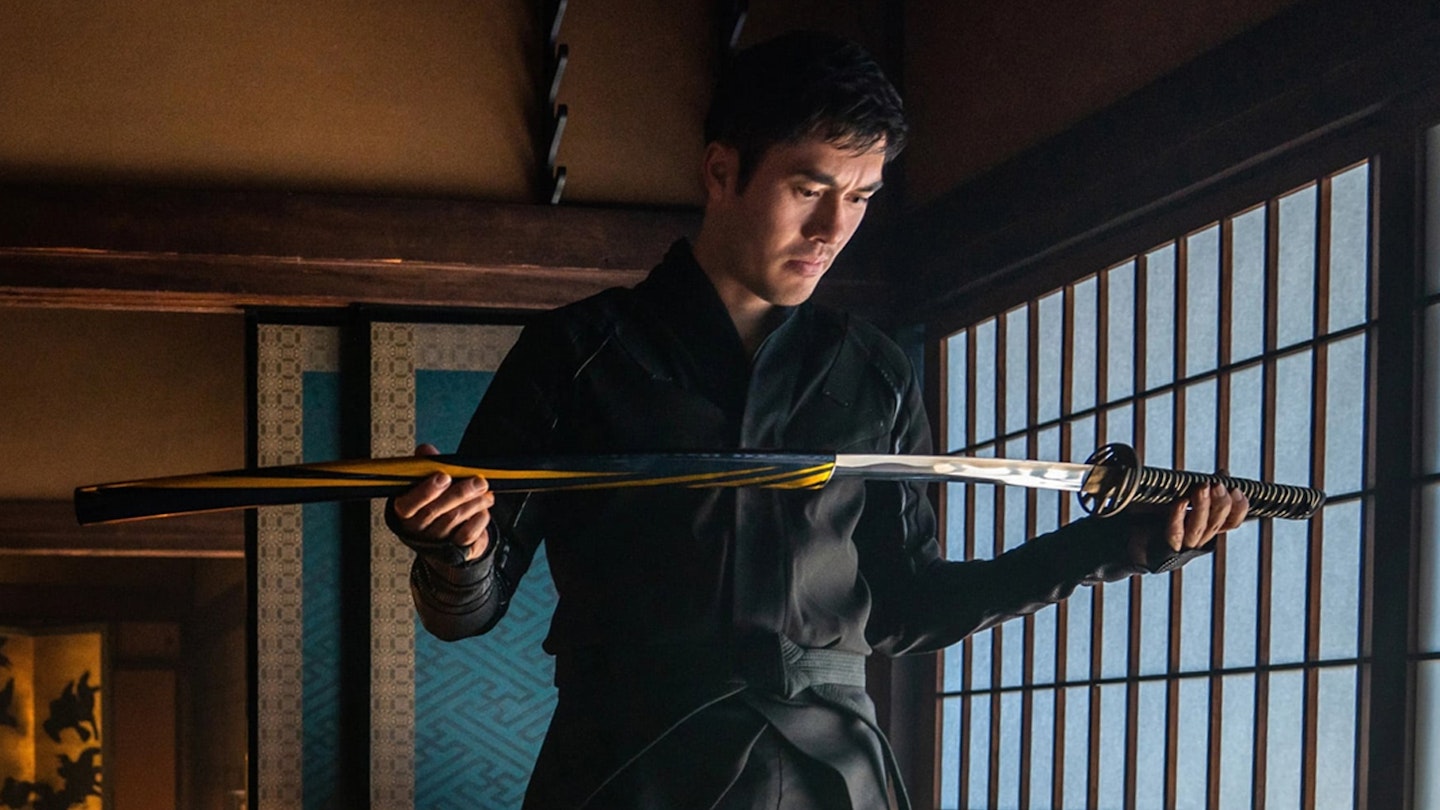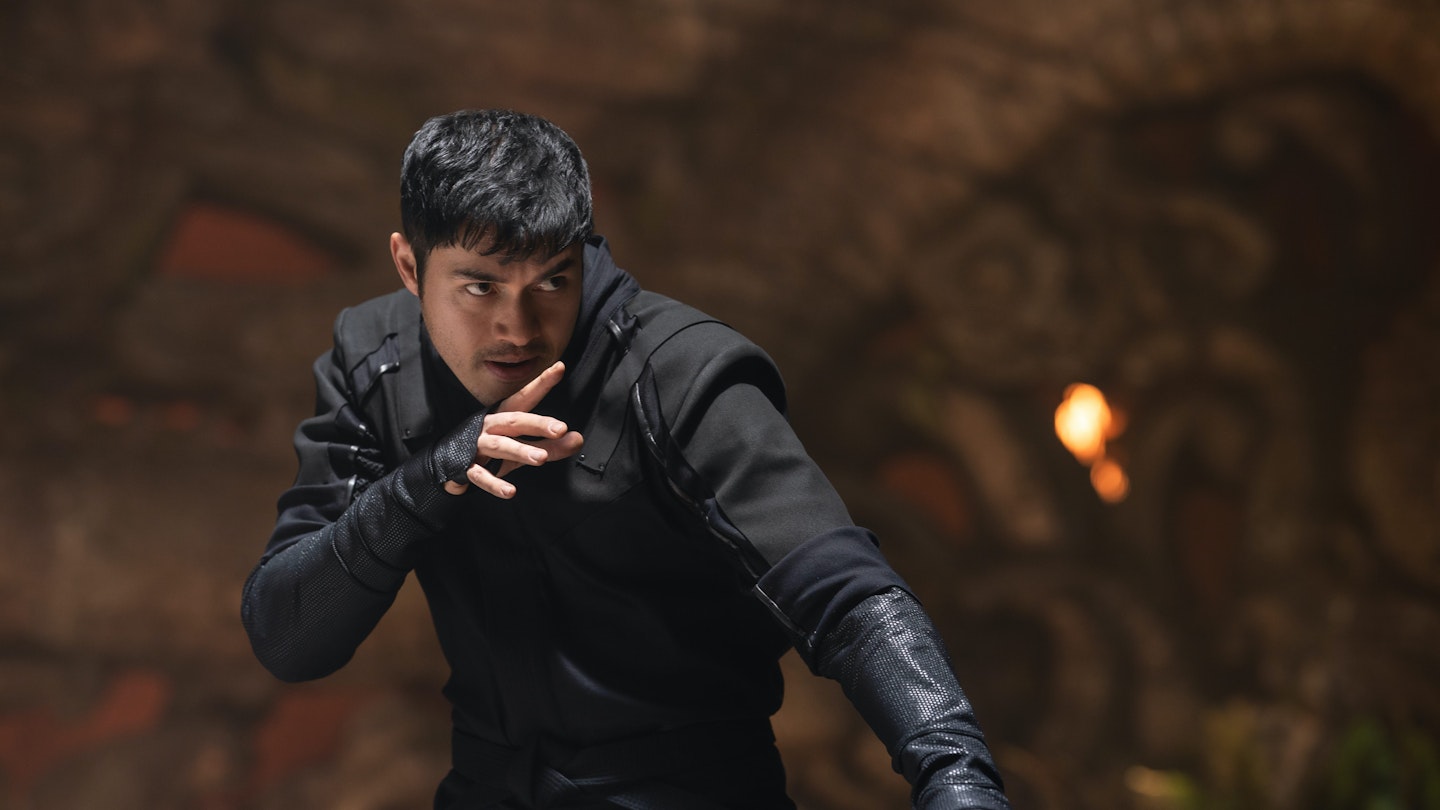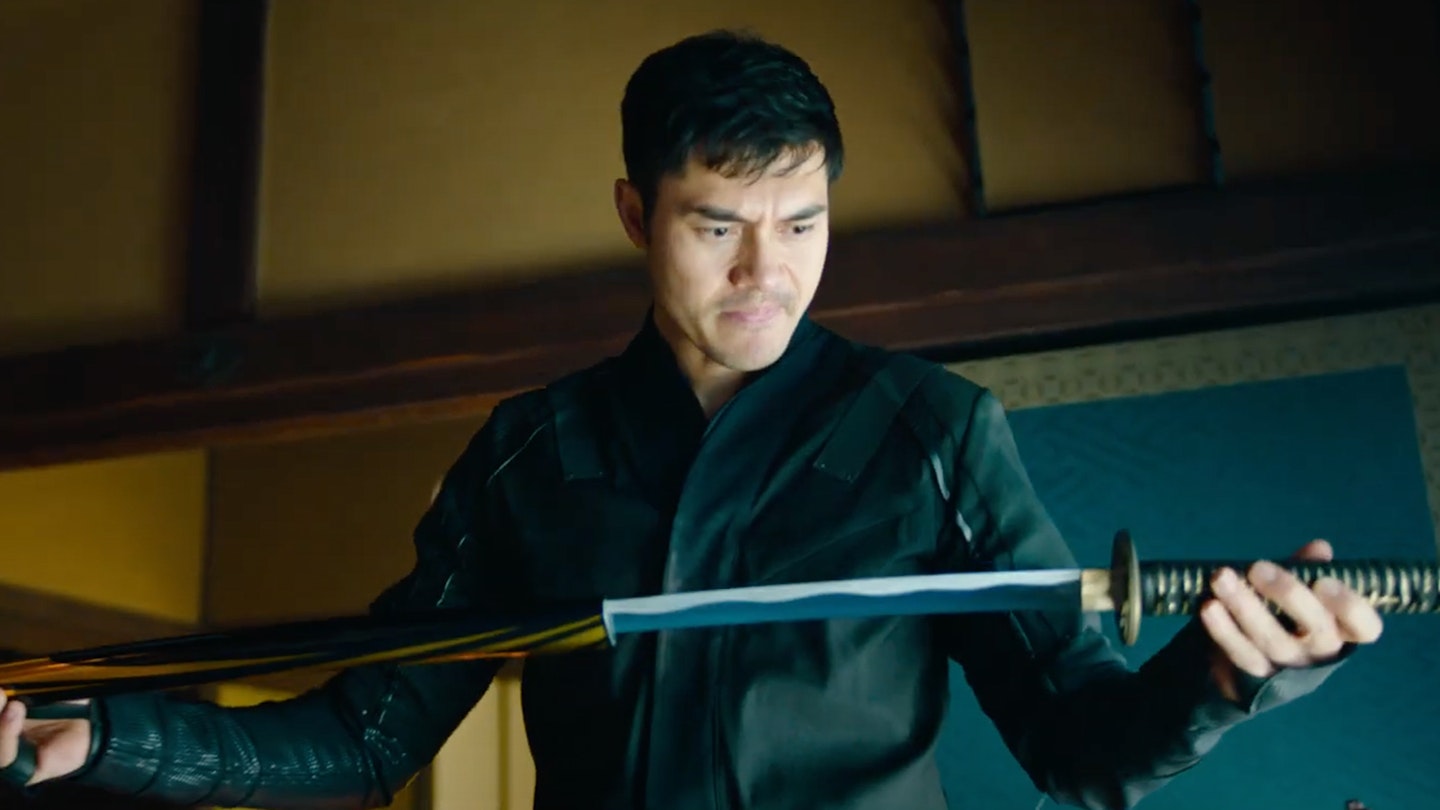In an era where franchises are all the rage, Paramount is sitting on two behemoths of untapped potential. Despite big box office numbers, the Transformers franchise has missed more than it’s hit, while the _G.I. Joe_s have barely been able to sustain any momentum on the big screen. Much like 2018’s Bumblebee, Snake Eyes: G.I. Joe Origins takes the most popular character of its franchise — who is traditionally mute in the series — and gives him a voice along with an origin story. Unfortunately, the results aren’t nearly as successful.

Much of the 121-minute run-time is focused on action scenes, which are a mixed bag. Part of the problem is that the filmmakers have shot for a a PG-13/12A rating that does the film no favours, robbing many fights of their impact. But there is nothing more tragic in action cinema than not being able to fully appreciate a well-choreographed sequence because of shaky camerawork and chaotic editing. Snake Eyes has both, with overly frenetic scenes that feature too many cuts. It’s a sin all the more unforgivable when you have someone like The Raid’s Iko Uwais in your employ. No amount of dramatic fighting poses — of which there are many — can compensate for it.
The sequel-teasing feels laughably inorganic.
It’s a shame, because the performances are solid. Henry Golding shows flashes of charisma as Snake Eyes, especially in the moments where his character’s thirst for revenge gets the better of him. And as the heir of the Arashikage clan, Andrew Koji delivers the film’s strongest performance. His Tommy has a quiet rage that slowly rises to the surface as the movie progresses, and while the end point of his arc is no surprise for fans of the franchise, Koji makes the journey compelling.
Speaking of that F-word, G.I. Joe Origins is part of the full title for a reason. Whether it’s forced or not, we are constantly reminded of the wider universe at play. As Scarlett and Cobra leader Baronness, both Samara Weaving and Úrsula Corberó do just enough with limited screen time (although one moment they share in the third act falls especially flat). But in a better movie the sequel-teasing would feel exciting rather than, at times, laughably inorganic. In the unlikely event a follow-up does come to pass, it will have to build on a rocky foundation.





